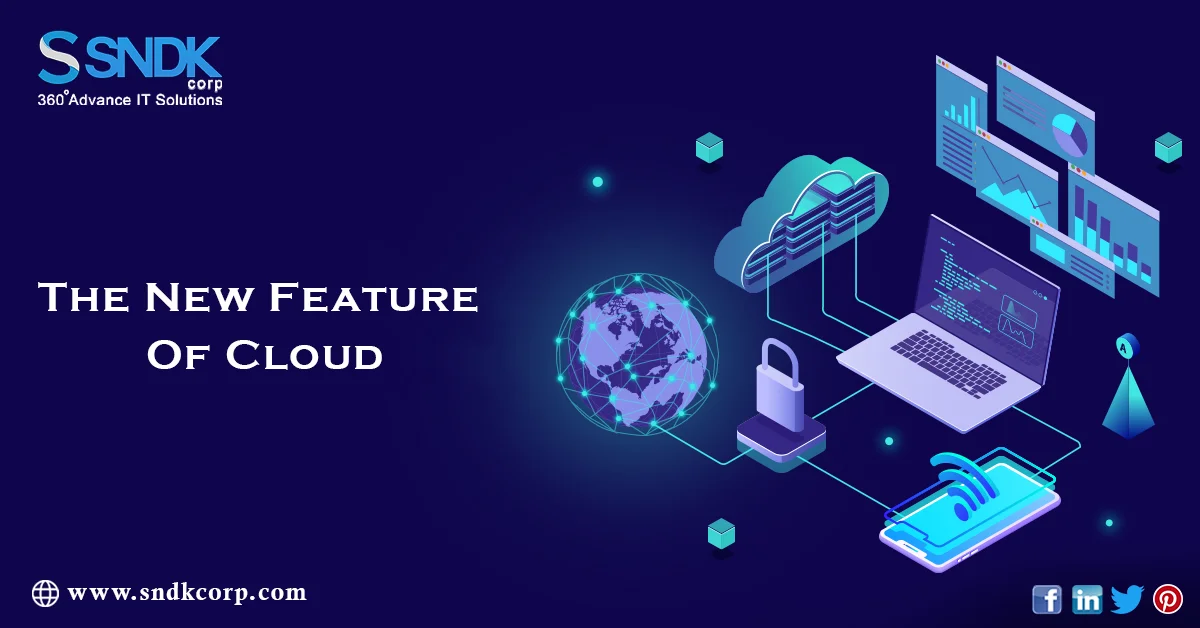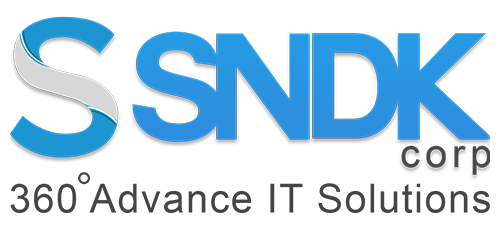Blog
The Cloud in Future and Beyond
Cloud computing is rooted back in the 1060s when it occurred as a thought to American scientist J.C.R Licklider. Since 1960, cloud technology has grown immensely and has been launched by Amazon Web Services, Google and Microsoft, and the top companies have migrated to cloud and achieved great success because of the edge computing provided by the cloud. Serverless computing, AI and the IoT are reforming the definition of technology and new opportunities. Cloud computing has grown a lot after 2006 as in the year, Amazon came up with the EC2 and has achieved huge success with the cloud model.

Current Trends of Cloud
The current trends of cloud computing have been so successful that 50% of the world’s largest companies have migrated to the public cloud. Cloud computing gives a new strategy to these companies to gain profit and customers, the cloud enables you to connect to your farthest resource centre and collaborate with it to develop and grow together. The cloud has made it easier to keep track of all your transactions, profits and loss, storing all your customer and service data on the cloud databases. Providing the most secure IT environment to save all your information and applications, and access them later on any device through the internet. The increasing trust of enterprises is attracting other organisations that are in search of a safe environment for their servers and will result in large numbers of cloud adoption in the next decade.
Edge Computing: The New Future of Cloud
Cloud computing is centralised data centres running thousands of remote physical servers but edge computing has given a new shape to cloud computing and allowing you to have instant access to your data and deliver your resources at the shortest time. Edge computing is a distributed cloud infrastructure where it pushes certain compute processes away from central data centres to closer network points to users, which cuts the costs of connectivity by sending only a limited set of important information.
Serverless Computing technology
Serverless computing was originated in 2014 in AWS Reinvent Conference and has gained much recognition in passing years. It is a remarkable development in cloud computing and has required reimagining traditional development paradigms at large. Cloud computing has grown into a serverless computing technology that allows you to avoid provisioning and maintaining servers while producing the code. It enables you to manage the code execution only when it is required and is charged only when the code is running.
Also Read: Benefits of Moving to Cloud Disaster Recovery Plan
Open Source Enterprise
It has gained enormous popularity in the IT world and continues to give rise to innovations at the rapid rate of cloud adoption. Open source is getting largely benefitted by the cloud and giving scope for more development for the organizations taking leverage of the open-source. Open source is where you’re provided with the code of the particular software and you are allowed to make changes in it to make it better or invent something. Open source projects have given opportunities to a whole lot of organizations to build their applications and grow their business. Organizations are growing with the cloud and open-source, adopting their businesses and application solutions, and evolving all around the open-source itself.
Future of Cloud in 2020 and Beyond
We see the future of the cloud as in 2020 with a huge number of migrations and a number of developers to manage your cloud databases, helping you to migrate your software code to public cloud servers. The services provided by the cloud are attracting organizations to set up their cloud servers and easily carry out all their services. The future beyond 2020 has a lot of innovations to come by and providing services to more than 80% of developers is not a very distant future. Cloud computing had a great journey in the previous decade and awaits much more in the coming years as it has opened doors for AI which offers the ability to manage and automate your processes to adapt according to the future needs of your business.
Also Read: 7 Reasons To Migrate Your Business To Cloud
Conclusion
From the present trends to the future beyond 2020, the cloud had undergone a lot of technical advancement availing numerous features to all of us, helping us grow at a rapid rate and expanding our businesses. Edge computing has contributed a lot in cloud computing making transactions faster than ever and cutting the costs of connectivity whenever possible. Serverless computing gives an incorrect impression as it still works on the server, but it allows you to manage the code only when it is required. Open source has given endless opportunities to developers with the contribution of cloud computing to invent something new, something better and will keep giving fuel to innovations. All of these combined are enlightening the future of cloud computing and paving the path for development.
